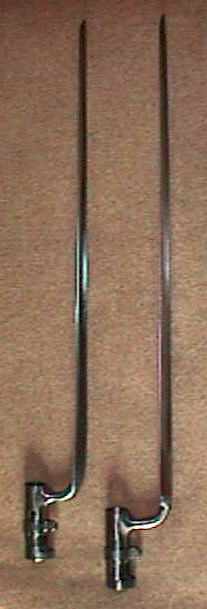The eventual, probably most important reason, already mentioned, is to facilitate every rank to fire. Fire at will makes the first line fire as fast as possible and second possibly somewhat, but third probably not at all. The soldiers can’t fight in one row, cavalry or more dense infantry formation would wipe them out easily. This is even more evident with early muskets and their deep formations in counter-march tactic.
But also important is the terrible inaccuracy of smoothbore weapons, which makes it important to shoot as close to enemy as possible. The ideal defensive set-up when enemy is close is that you have one line of troops with bayonets fixed and loaded muskets that stands first. This is pretty much invincible. So your officer will want to know if your gun is empty or not.
The best possible offensive set-up is that the enemy fires from too long a distance, you can run close to them, empty your weapons from close range, they are probably running by now, try to catch as many as possible. (And probably soon run into the standard second line of battalions standing behind. Chaos insues.) When all guns are emptied from close enough, it has a crushing effect, but if the troops fail to engage in a bayonet fight, you might loose very easily. But before you know you can do this risky trick, you have to know if everybody’s gun is loaded.
All this makes the approach a complicated chess manouvre, where you want to shoot as much as possible, load as fast as possible, but never empty all your guns. Your best option is that your troops load under pressure faster and more reliably than the enemy’s, so continued shooting contest from far away (by that time’s standards) is sufficient for you.
This led to very complex trainig maneuvres but I’m not sure we actually know which ones worked in practice. Officers of the time were sometimes more worried about nervous soldiers shooting too early than enemy’s new fancy maneuvres. While the ideal was a clock-like battalion, normal sane men take any oppoturnity to leave the formation. Carrying wounded seems to have been one of the most popular. Stopping loading to simply duck must have been common too.
So it didn’t go as well as in the movies, but still one of the most decisive factors in battle was discipline and control. Part of this is is that the officer should always know how many loaded muskets he has to make decisions about the right distance to enemy.
This is obviously relevant to musket fire only. For arrows I have no other idea than making the use of shield difficult.

